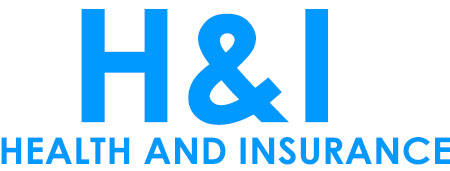How to Avoid Another Heart Attack
The cardiac diet is often implemented for people with heart problems. A person with heart disease or high blood pressure must change their diet. Sadly, many if not most people wait until they have a serious medical condition before making the changes they knew they should have made earlier.Research illustrates a strong link between diet and heart disease, blood vessel disease, and certain cancers. A person has a much greater risk for getting heart disease or high blood pressure if they have a high blood cholesterol level or eat a high lot of sodium.
Doctors now recommend that we all follow a cardiac diet low in fat, cholesterol and sodium. This will help healthy people stay healthy, but the cardiac diet becomes even more important for those patients suffering from heart disease.
One of the most important factors on the cardiac diet is that you should have no more than 2000 mg. of salt a day. This is difficult for most people as the average American has 4000 to 7000 mg. of salt in their diets. A McDonald’s Big Mac, for instance, as 1040 mg. of salt.
Cholesterol should be reduced to 300 mg. on the cardiac diet. Cholesterol is a fat-like substance produced by the liver. It is only found in foods of animal origin, not in vegetables. It is found in meat, fish, poultry, eggs, and dairy products. You should especially avoid organ meat and egg yolks.
You should limit your fat intake to one third of your total calories. Further, your fat should be equally divided between saturated, monounsaturated, and polyunsaturated fats. You shouldn’t have any trans fats. Know that in many processed foods, there is a disproportionate amount of saturated fats.
Finally, here’s something you can add to your cardiac diet instead of limiting or eliminating. The more fiber you can get in your diet the better. Fiber is found in vegetables, beans, and whole grains.
A high fiber diet can help you lower your cholesterol, a key component of the cardiac diet. Most nutritionists suggest you get between 25 and 35 grams of fiber, but putting up to 50 grams of fiber in your diet is heart healthy.
Some cardiac diet friendly food choices you can make include:
- Limit lean meat, poultry and fish to 6 ounces a day.
- Avoid fried foods. Baste with wine, fruit juice or marinade instead of fat drippings.
- Cook stews, soups, and sauces ahead of time and refrigerate. Then, skim off the fat before warming it up to eat.
- Drink low fat or skim milk. Eat cheeses made with low fat or skim milk as well.
- Use egg whites instead of whole eggs as the yolks have the cholesterol. For most recipes, 2 egg whites equal one egg. If you need the yolk for flavor, use one whole egg for every 3 egg whites.
- Use tub margarines over sticks of margarine or butter.
- Use an air popper to pop popcorn rather than buy microwave popcorn.
- Choose sherbet over ice cream
- All fruits and vegetables are acceptable in unlimited quantities except olives, avocados, coconuts
- Even if you don’t already have heart disease, it is a good idea to adopt these sensible diet suggestions now before you have a health problem. If you do have heart problems, get started right away on the cardiac diet.
 |
| how to avoid another heart attack |
